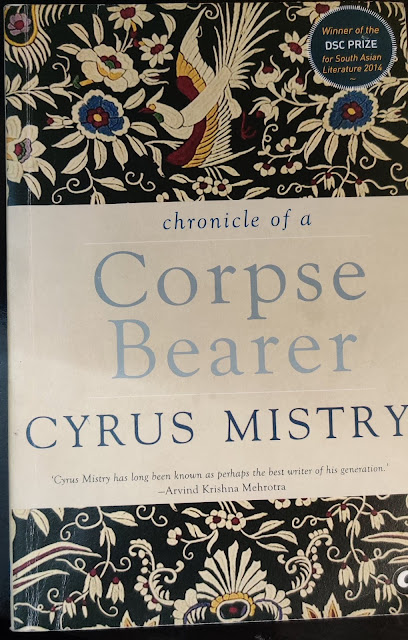Trailing The Panama Trail - Story from India

The Panama Papers: The untold India story of the trailblazing global offshore investigation Authors: Ritu Sarin, Jay Mazoomdaar and P. Vaidyanathan Iyer Publisher: Penguin Random House 2019 The book revolves around the leaks of the financial and legal documents of Panamanian law firm "Mossack Fonseca" by ICIJ (International Consortium of Investigative Journalists) ICIJ took up many projects to leak and investigate the few cases involving public interest like Paradise Papers, Panama papers, Swiss leaks, Luxembourg leaks etc which are related to public policy and shaped discourses in public life revolving around misuse of legal and regulatory framework in different count...
